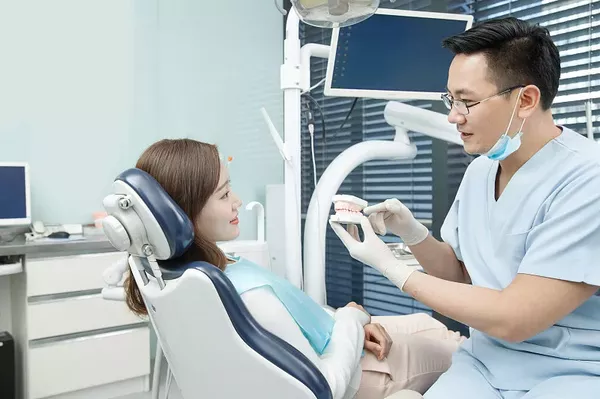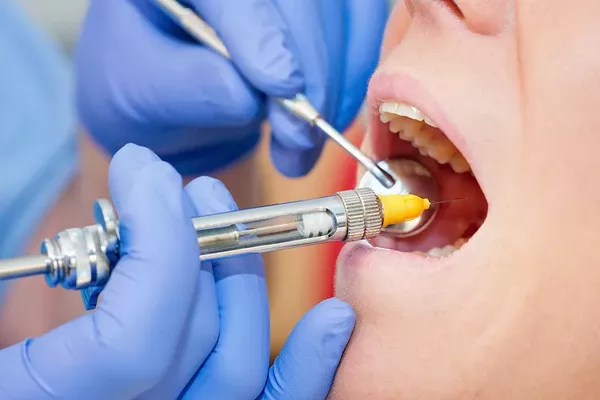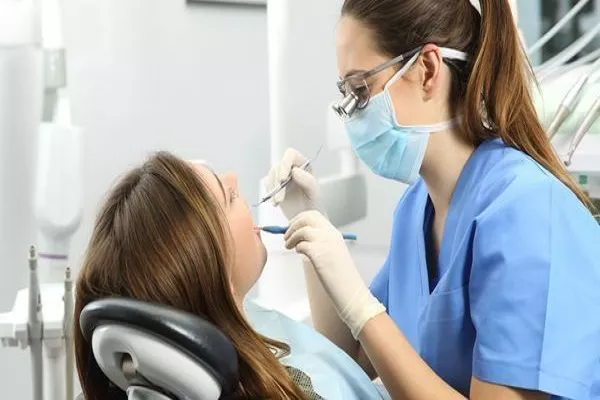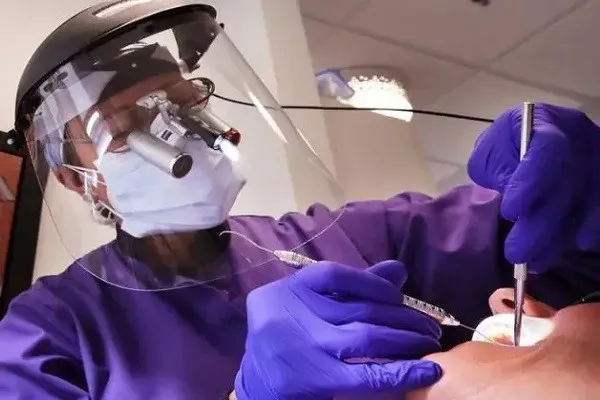Maintaining good oral health goes beyond brushing and flossing at home. Regular dental cleanings play a pivotal role in preventing dental issues, ensuring healthy teeth and gums, and maintaining an attractive smile. A regular dental cleaning, also known as a prophylaxis, is a professional procedure performed by dental hygienists to remove plaque, tartar, and stains from teeth surfaces. In this article, we’ll delve into the details of what a regular dental cleaning entails, its benefits, and why it’s a crucial aspect of oral care.
Understanding the Basics of a Regular Dental Cleaning
A regular dental cleaning is a preventive dental procedure aimed at removing dental plaque, tartar (also called calculus), and extrinsic stains from the teeth. It is typically performed by a dental hygienist as part of your routine dental check-up. The cleaning procedure focuses on both the visible surfaces of the teeth and areas that are difficult to reach with regular brushing and flossing.
The Process of a Regular Dental Cleaning
Physical Examination: Before the cleaning begins, the dental hygienist will conduct a visual examination of your teeth and gums. This helps them identify any areas of concern or changes since your last visit.
Plaque and Tartar Removal: The dental hygienist will use specialized tools to gently remove plaque and tartar from the surfaces of your teeth. Plaque is a sticky film of bacteria that forms on teeth, while tartar is hardened plaque that cannot be removed by brushing alone.
Scaling: If there’s a significant buildup of tartar, a procedure called scaling may be performed. Scaling involves using instruments to remove tartar from above and below the gumline. This step is crucial for preventing gum disease.
Polishing: After scaling, the hygienist will use a gritty toothpaste and a polishing tool to polish the teeth. This process helps remove surface stains and leaves teeth feeling smooth.
Fluoride Treatment: Some dental cleanings may include a fluoride treatment. Fluoride is a mineral that helps strengthen tooth enamel and protect against cavities.
Education and Recommendations: Throughout the cleaning, the dental hygienist may provide tips on proper brushing, flossing techniques, and oral hygiene practices. They may also recommend specific products or adjustments to your routine based on their observations.
Benefits of Regular Dental Cleanings
Prevention of Gum Disease: Regular cleanings remove plaque and tartar, which are major contributors to gum disease. Gum disease, if left untreated, can lead to more severe oral health issues.
Cavity Prevention: Removing plaque and tartar also helps prevent cavities. Plaque contains bacteria that produce acids that can erode tooth enamel and lead to decay.
Fresh Breath: Removing bacteria and buildup from the teeth improves breath freshness by reducing the sources of bad breath.
Stain Removal: Polishing during a cleaning helps remove surface stains caused by food, beverages, and tobacco use, leading to a brighter smile.
Early Detection of Issues: Regular dental cleanings provide an opportunity for dental professionals to detect potential issues early, allowing for timely intervention and treatment.
Frequency of Regular Dental Cleanings
For most individuals, it is recommended to have a dental cleaning every six months. However, your dentist may recommend more frequent cleanings if you have a history of gum disease, extensive tartar buildup, or other specific oral health concerns.
Conclusion
A regular dental cleaning is a fundamental part of maintaining optimal oral health. This preventive procedure involves removing plaque, tartar, and stains from teeth surfaces, as well as providing valuable education and recommendations for maintaining oral hygiene. The benefits of regular dental cleanings extend beyond a clean and bright smile—they contribute to the prevention of gum disease, cavities, and other oral health issues. By adhering to a routine of regular dental cleanings and check-ups, individuals can ensure their teeth and gums remain healthy, their smiles stay radiant, and potential oral health problems are detected and addressed early.
Related Topics:




























